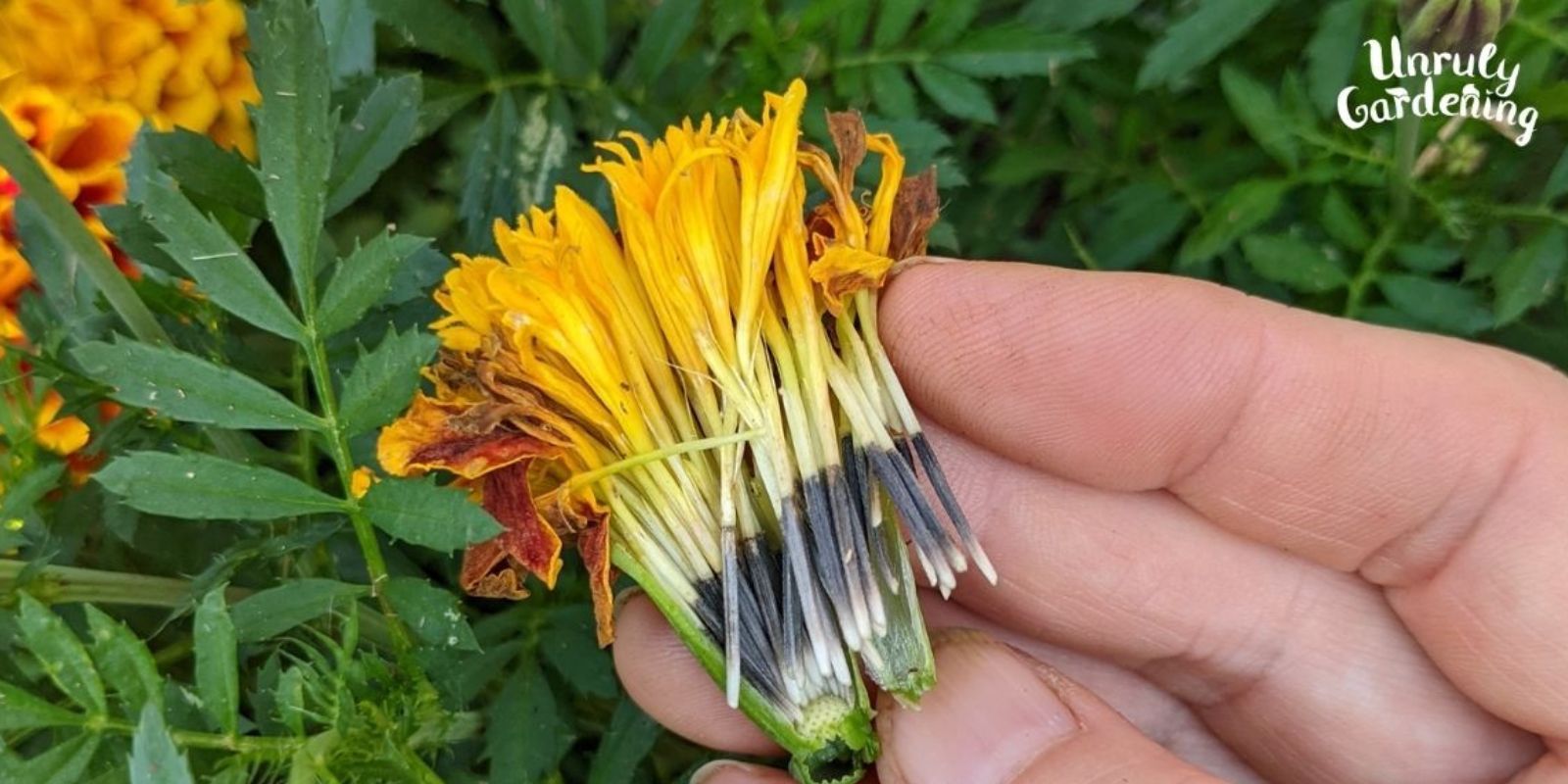Marigolds are beloved for their vibrant blooms and ability to repel pests in the garden. If you’re looking to save money and ensure you have these cheerful flowers year after year, learning how to save marigold seeds is an excellent skill to master. In this comprehensive guide, we’ll walk you through every step of saving marigold seeds, from harvesting to storage, ensuring that you’re ready for next season’s planting.
Introduction
Saving marigold seeds is not only a practical way to continue enjoying these beautiful flowers but also an eco-friendly practice that contributes to a sustainable gardening routine. Whether you’re a seasoned gardener or a novice, understanding the process of seed saving can enhance your gardening experience and help you grow a thriving garden year after year. Let’s dive into the steps involved in successfully saving marigold seeds.
1. Select the Best Marigold Plants
Choosing Healthy Plants
Start by selecting the healthiest and most robust marigold plants from your garden. Look for plants with vibrant flowers and no signs of disease or pest damage. The quality of the seeds you save will largely depend on the health of the parent plants. By choosing the best specimens, you increase the chances of producing high-quality seeds that will thrive in future gardens.
Waiting for Maturity
Allow the selected marigold plants to continue growing until the flowers are fully mature. The petals will eventually start to brown and dry out. It’s crucial to wait until the flower heads are completely dry before harvesting seeds to ensure that the seeds have fully matured and are ready for collection.
2. Harvesting Marigold Seeds
Timing the Harvest
The ideal time to harvest marigold seeds is when the flower heads have turned brown and become dry and brittle. You can easily check this by gently squeezing the flower head. If the seeds inside feel dry and the flower head crumbles easily, it’s time to harvest.
Collecting the Seeds
Cut the dried flower heads from the plant using garden shears or scissors. Hold the flower head over a container or a large piece of paper to catch any falling seeds. Gently rub the seed head between your fingers to release the seeds. Be cautious not to damage the seeds during this process.
3. Cleaning and Preparing Seeds
Removing Debris
Once you’ve collected the seeds, it’s important to clean them to remove any remaining flower debris, chaff, or plant material. You can do this by gently shaking the seeds in a sieve or using your fingers to separate the seeds from the unwanted material.
Drying the Seeds
Even after cleaning, it’s essential to ensure that the seeds are thoroughly dry before storing them. Spread the seeds out on a paper towel or a fine mesh screen and allow them to air dry in a cool, dry place for a few days. Proper drying prevents mold and ensures the seeds remain viable.
4. Storing Marigold Seeds
Choosing Storage Containers
Store the cleaned and dried seeds in a paper envelope, a small glass jar, or an airtight container. Paper envelopes are a popular choice because they allow the seeds to breathe and remain dry. Label the container with the date and variety of the marigold seeds to help you keep track of them.
Storing in a Cool, Dry Place
Keep your seed storage container in a cool, dry place away from direct sunlight and humidity. A cupboard or a drawer in your home is often a suitable location. Avoid storing seeds in areas with fluctuating temperatures or high moisture levels, as these conditions can reduce seed viability.
5. Testing Seed Viability
Performing a Germination Test
Before planting saved marigold seeds, it’s a good idea to perform a germination test to check their viability. Place a few seeds on a damp paper towel, fold the towel, and place it in a warm location. Keep the towel moist but not soaking wet. After a week or so, check for sprouting. If most of the seeds germinate, they are ready for planting.
Using Viable Seeds
If your germination test shows that the seeds are viable, you can confidently use them for your next planting season. If the seeds have poor germination rates, you might need to source new seeds or consider adjusting your storage conditions.
Conclusion
Saving marigold seeds is a rewarding and cost-effective way to keep your garden vibrant and thriving. By following these steps—choosing the best plants, harvesting at the right time, cleaning and storing seeds properly, and testing for viability—you’ll be well-prepared to grow beautiful marigolds year after year. Embrace this sustainable gardening practice and enjoy the benefits of having a bountiful supply of marigold seeds for your future gardens.
Motivation: Ready to keep your garden blooming with marigolds year after year? Follow these easy steps to save your seeds and ensure a vibrant, pest-repellent garden! 🌼🌱 #MarigoldSeeds #SeedSaving #GardeningTips #EcoFriendlyGardening #HomeGardening #FlowerGarden #DIYGarden

